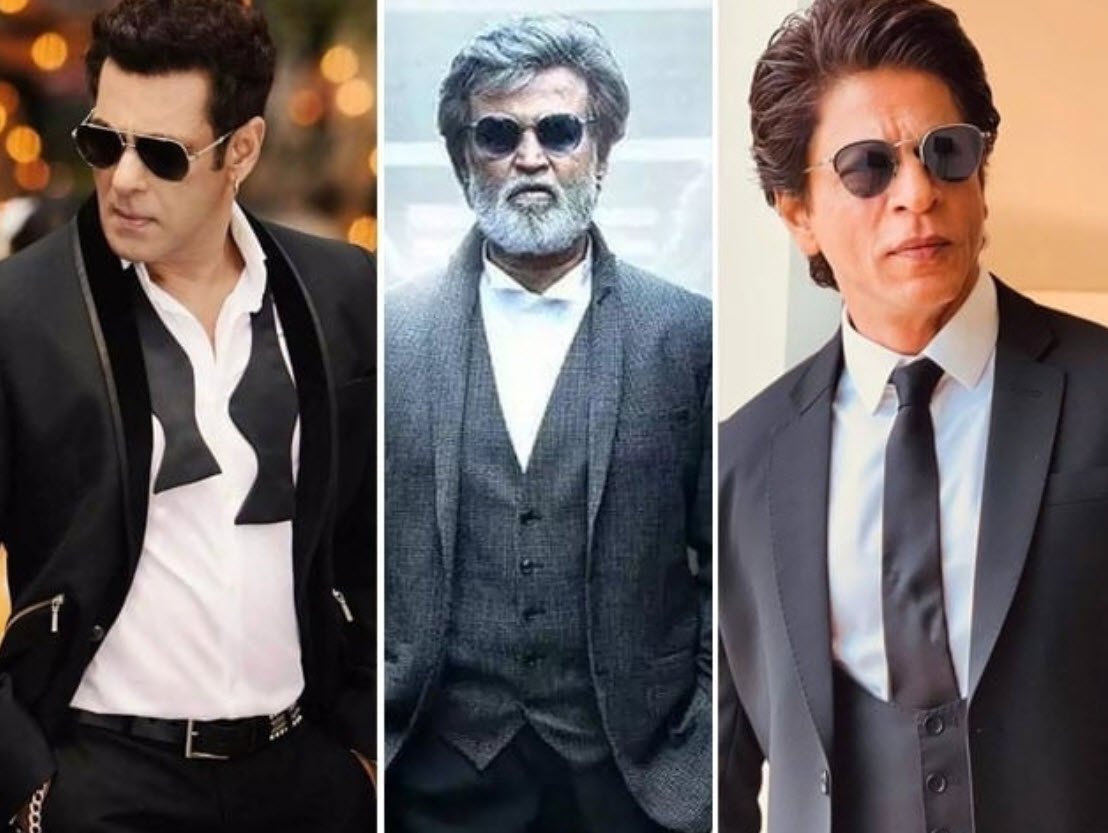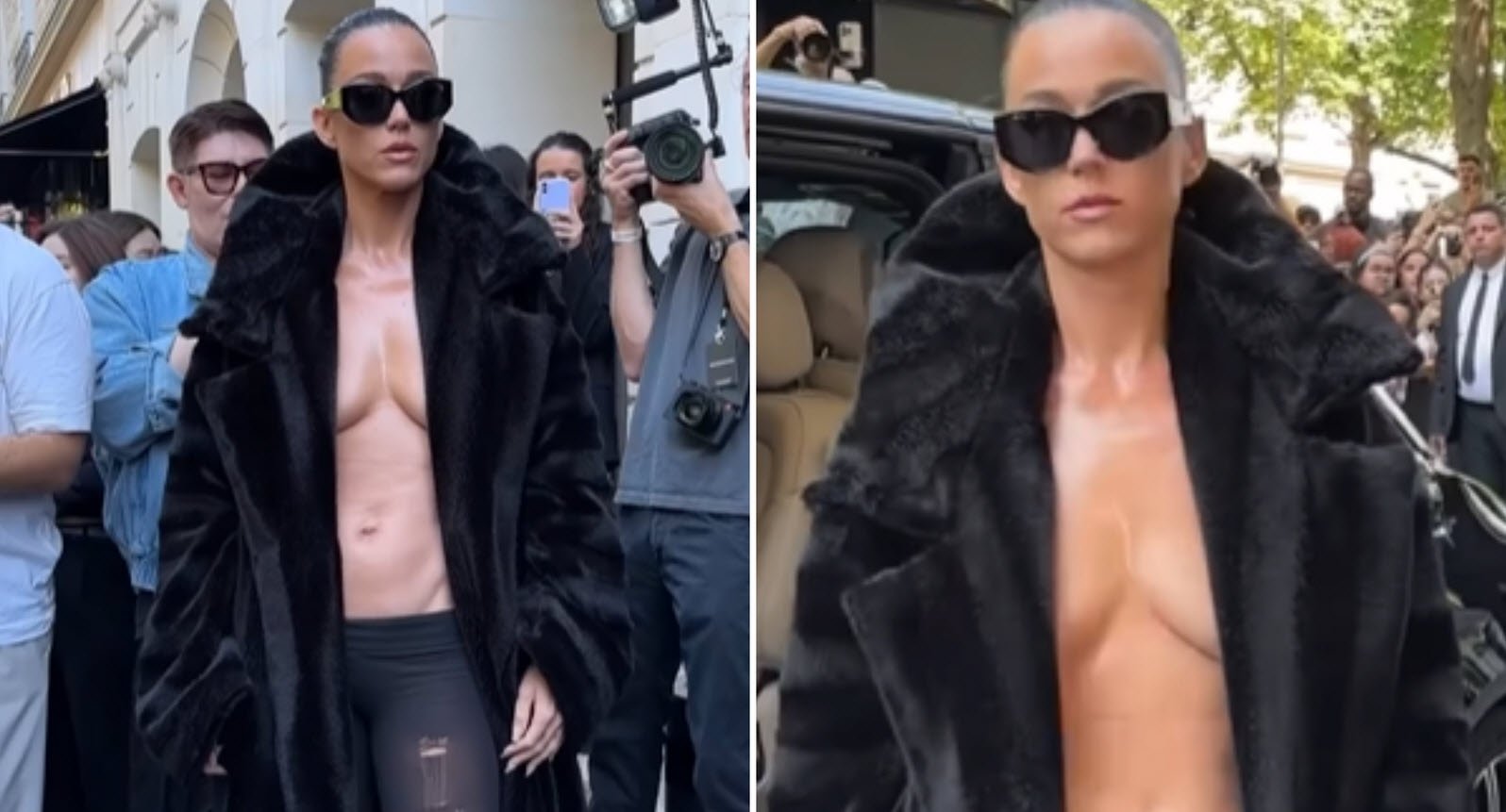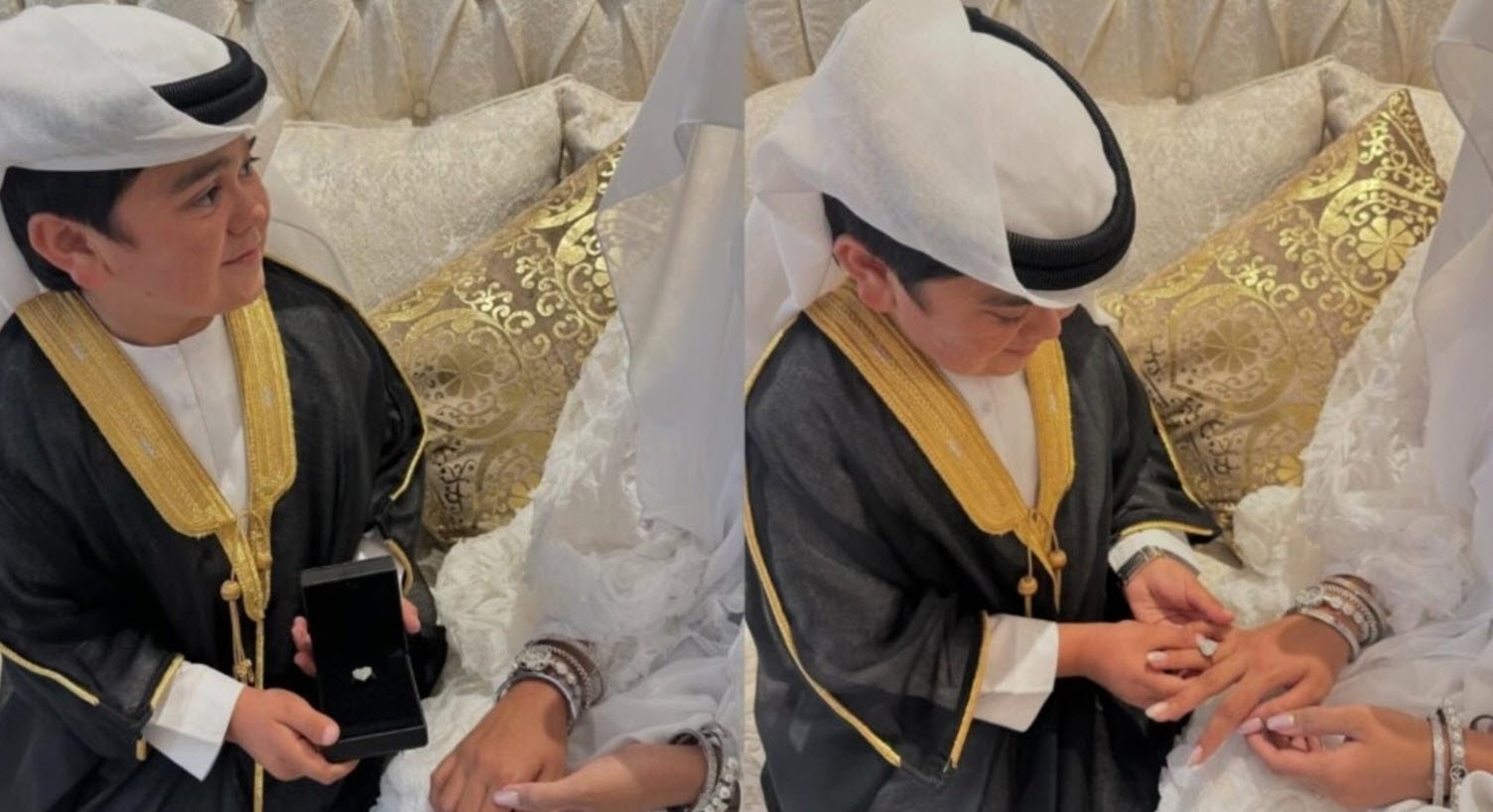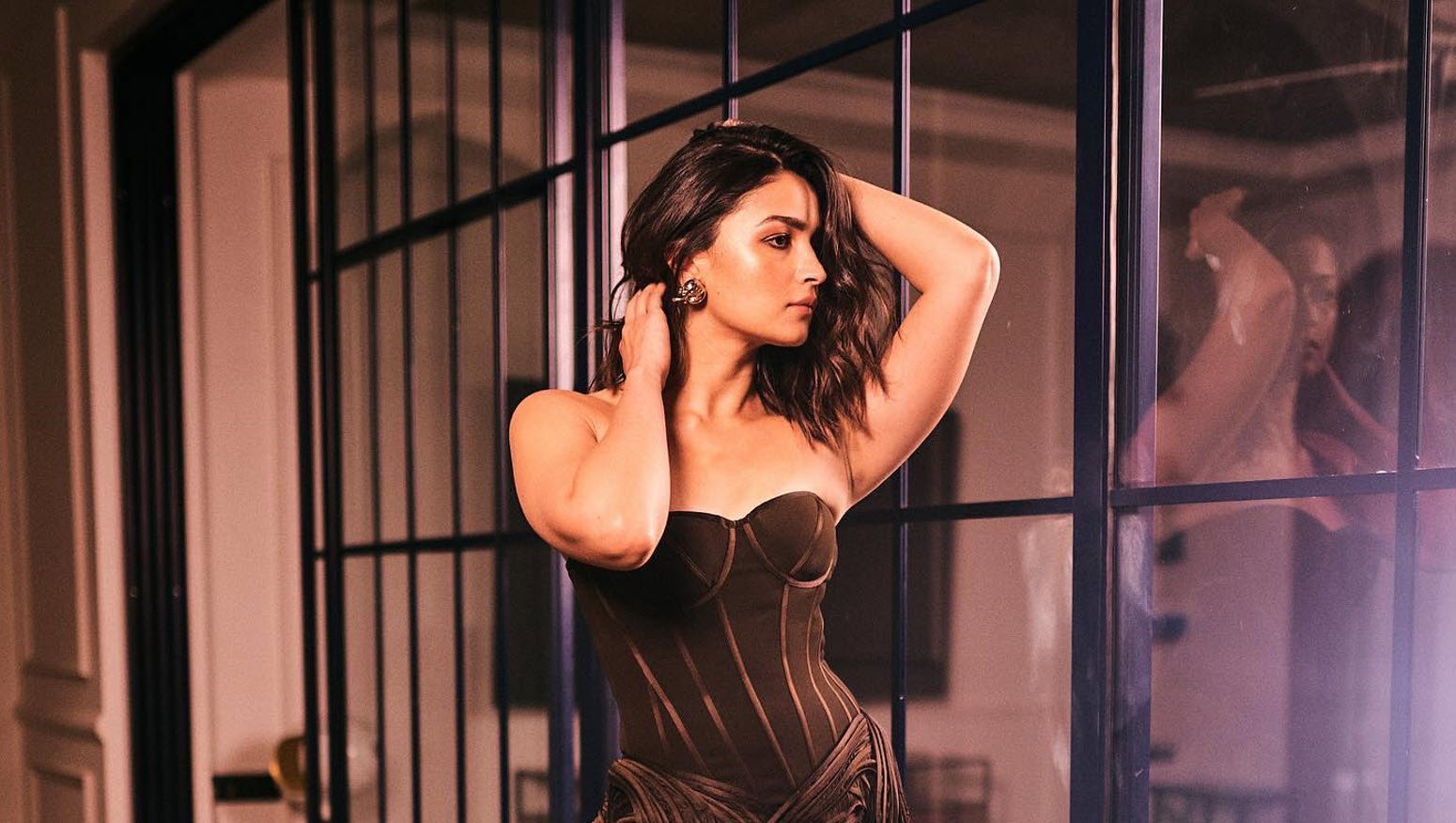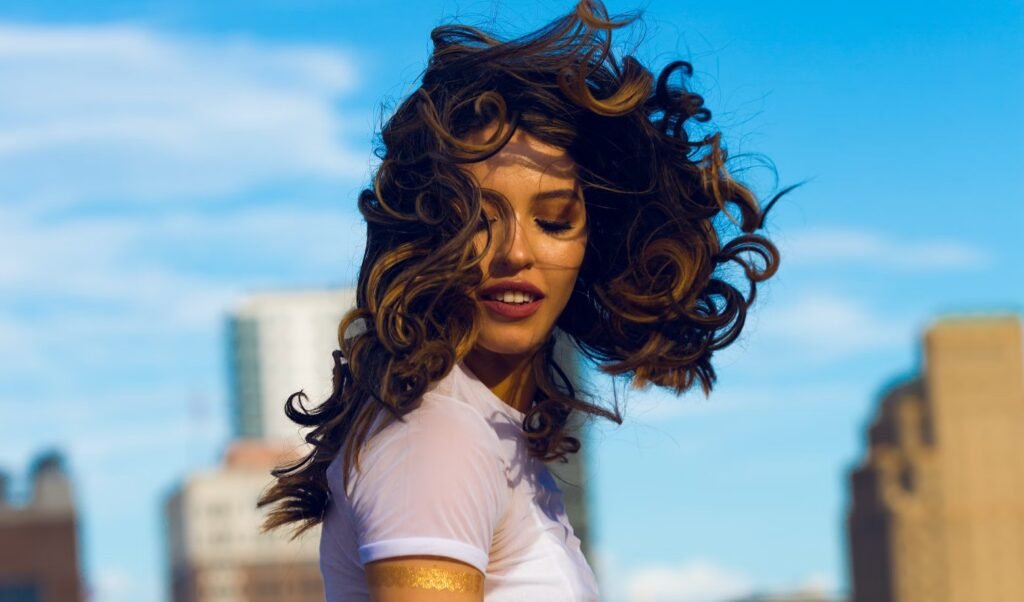
Hair Styling is a great first step towards a career in beauty and fashion. By learning even the simplest hair styling techniques, you are preparing yourself for success. Techniques like blow drying, back combing, braiding, and curling expand your skill set and make you an attractive prospect to potential employers.
Understanding the fundamentals of hair styling also prepares you to work with clients professionally. You are on your way to mastering essential styling techniques and training as an expert in the field you’re passionate about.
Also Read: How To Be A Good Wife – A 16-Step Guide
Becoming a professional hair stylist involves much more than simply making your clients look their best. In order to build your business, you must also build strong relationships with your clients. You must pay attention to their needs, address their expectations, and practice good etiquette and hygiene.
Here is a glimpse into some of the techniques and tricks for hair styling. Tips like these help to form the base on which you’ll build more advanced skills.
1. Keep it clean
Just like other beauty experts, hair stylists must take special care to keep their tools and work space clean and hygienic. Tools that are not properly cleaned can become a home for bacteria, fungus, and parasites, which can be passed from client to client.
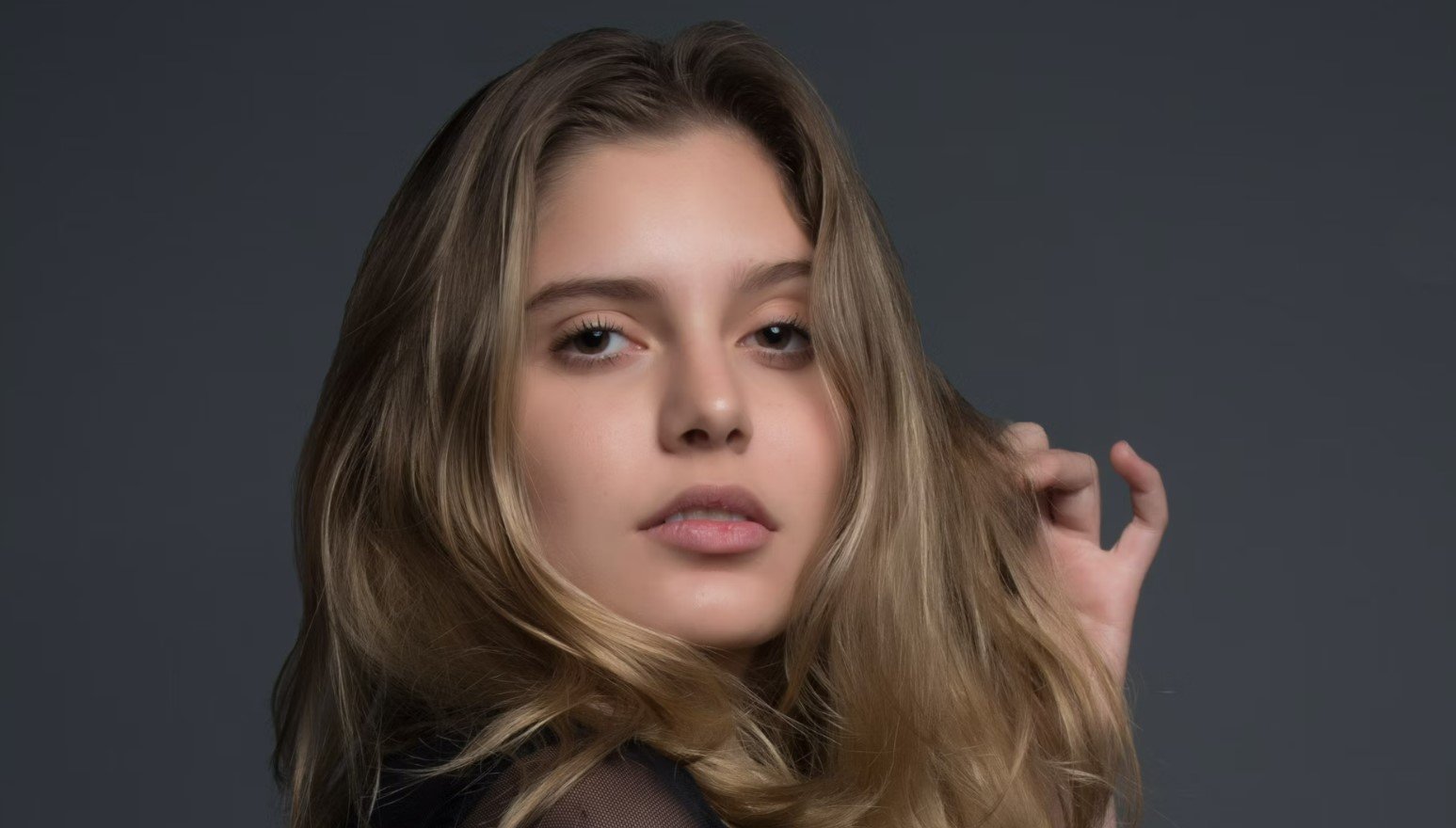
If you style your clients’ hair without cleaning your tools or hands properly and someone gets a scalp infection as a result, it can have a disastrous effect on your reputation.
2. Getting to know you
Professional hair stylists want to get to know their clients, but they also want to get to know their clients’ hair. Before styling, conduct a consultation meeting. When this meeting takes place and who will attend depends on the type of job you’re doing. For a wedding, you will meet with the bride several weeks before the big day. For a photo shoot, you will meet with models, designers, and photographers.
One of the most important parts of the consultation meeting is learning about the client’s hair. Ask her about how she normally styles her hair and whether her hair has undergone any chemical treatments, including bleaching or dye jobs. These procedures affect the strength and overall health of the hair, and therefore influence how you style it. You should also check whether the client
has extensions.
Finally, don’t forget to analyze the scalp. Brushing the hair will help you determine whether the scalp is healthy or whether you should avoid styling.
3. Tools of the trade
One of the most important things you can learn during your hair styling training is how each tool and product is used. Applying the right products to the hair and using the correct tools properly are both essential to successful hair styling.
Getting to know the equipment in your styling kit will help you manipulate the hair to move and sit how you need it to for each look. Familiarizing yourself with products, tools, and their uses isn’t hard, but it does take practice.
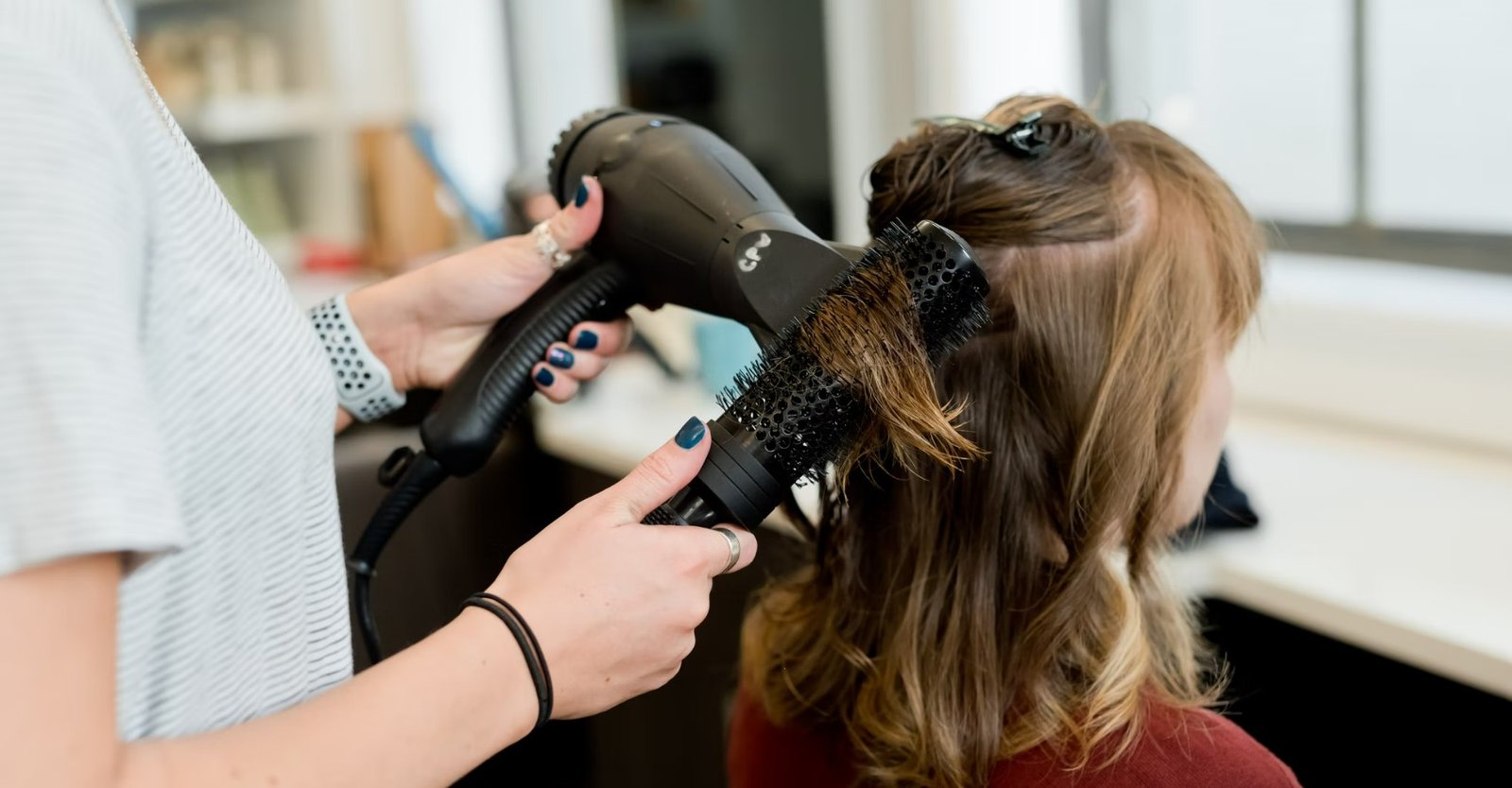
Using the wrong products can make styling more difficult than it might be otherwise. Using the wrong tools, or using your tools improperly, can affect your styling process and even damage your client’s hair. Tool use takes practice, just like everything else!
4. Building styles, building confidence
Hair stylists do more than just make their clients look nice for a few hours. You’re helping each client you style feel confident and happy. This means that you should do your best to design a style that suits each person’s features, facial structure, and personality. The style should also be appropriate for the occasion. Being able to assess which styles suit your client will help you give her a look that makes her feel confident, stylish, and happy.
5. Tips for blow drying
Blow drying is a versatile skill. You can give your client’s hair body and volume or make it appear sleek and smooth. You can create volume at the base for further styling or leave the hair blown smooth and voluminous for a simple, classic look. Here are some tips for effective blow drying:
- Always blow dry in layers.
- Always dry from root to tip.
- Avoid over-drying at all costs.
- Let hair dry 70% on its own before blow drying.
- Always use the right products for your client’s hair.
6. Tips for curling
Hair stylists use many different tools to curl hair. The technique for each tool is similar, but creating successful curls with each type takes practice. Regardless of which curling method you’re using, keep the following tips in mind:
- Make sure your ends are curled around the roller, iron barrel, or curling tool with the rest of the strand.
- Pay attention to where you place the curl in relation to the base. When you wind the curling tool under from the tips of the hair toward the roots, it will naturally pull in the direction that you’re rolling.
- Remember that the size of your curling tool will determine the size of your curls.
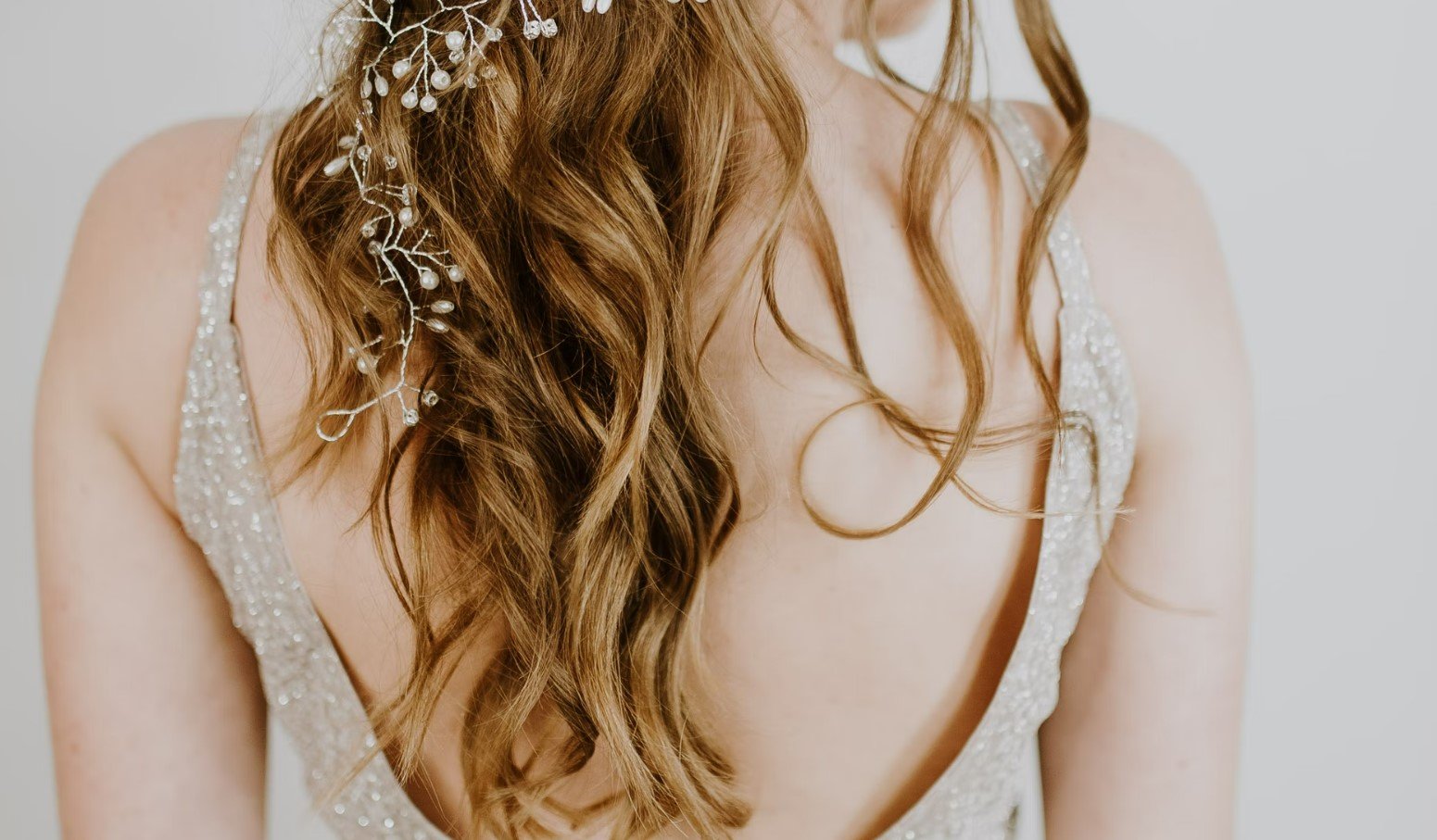
7. Tips for back combing
Back-combing is an effective method of creating volume at the roots, particularly near the crown of the head. You might also hear it referred to as back-brushing, teasing, or ratting. Pay attention to the following tips as you practice back-combing:
- Never back-comb wet hair.
- When teasing the hair, always move your comb in a circular direction.
- Never rub the comb teeth or brush bristles up and down the hair strand, or you will cause breakage and cuticle damage.
- Try teasing the crown for height before creating a wedding updo.
8. Braids
Most braided styles build on the techniques that you’ll learn in the basic three strand braiding pattern. Once you’ve mastered this fundamental style, you’ll be able to practice French braids, Dutch braids, rope braids, fish tail braids, and four-strands braids by altering the basic technique slightly and practicing different ways of weaving the hair.
Suggested Read: Eye Makeup Tips and Tricks – A Beginners Guide
Some hair stylists even invent their own braiding patterns. Once you’ve mastered a few different types of braids, try some of the following styling tips:
- Try holding the middle strand of a three-strand braid and pushing the other strands so they slide upward.
- Creating a French braid that runs up the back of the head from the nape of the neck under a high bun can be a simple way to alter a classic style.
- Braids of all styles are versatile and can be incorporated into updos in an unlimited number of ways, so get as creative as you like.
9. Hair styling for male clients
Many professional stylists work with male clients on a regular basis. Like women’s hair, men’s hair can be styled with flat irons, hot rollers, and curling irons depending on its length.
The styles you’ll create for men will vary from those you do for women, but the techniques and how you use your tools and products will remain the same. While you style, you’ll consider face shape and facial structure just like you would for a female client, but you’ll also pay attention to the hairline.
Some men experience a receding hairline and some might feel self-conscious about it. Take your client’s hairline into consideration like you would any other facial feature. Remember that you want the client to feel confident when he sees the final look.
10. Putting it all together
Mastering individual styling techniques is only half the battle when it comes to learning hair styling. As you gain experience, you’ll find it easier to incorporate your own creativity and ideas into the looks you create.
By combining techniques and putting twists on classic styling elements like braids and buns, you’ll be able to create your own custom updos. The best way to find unique styles that you like and that your clients will enjoy is to play with different styles and practice various combinations.
The opportunity to be creative and innovative is what will keep your passion for hair styling alive!
You may also like:- Top 10 IMDB Current Biggest Stars in India
- Virat Kohli’s ‘Jai Hind’ Instagram Post Sets New Record
- Katy Perry’s Bold Statement at Paris Haute Couture Week
- Noor Malabika Das Found Dead in Her Lokhandwala Flat, Mumbai
- Tripti Dimri’s New Bungalow in Mumbai’s Bandra West
- Punjabi Singer Sunanda Sharma Walks Cannes Red Carpet In Patiala Suit
- Abdu Rozik Announces Engagement to Amira – “The Most Beautiful Girl I Have Ever Met
- Alia Bhatt Is Ready To Dazzle At The Gucci Cruise Show 2025 in London
- Tamannaah Bhatia – A Tale of Saree Perfection
- Kareena Kapoor Khan Gets Court Notice Over Pregnancy Book Title

